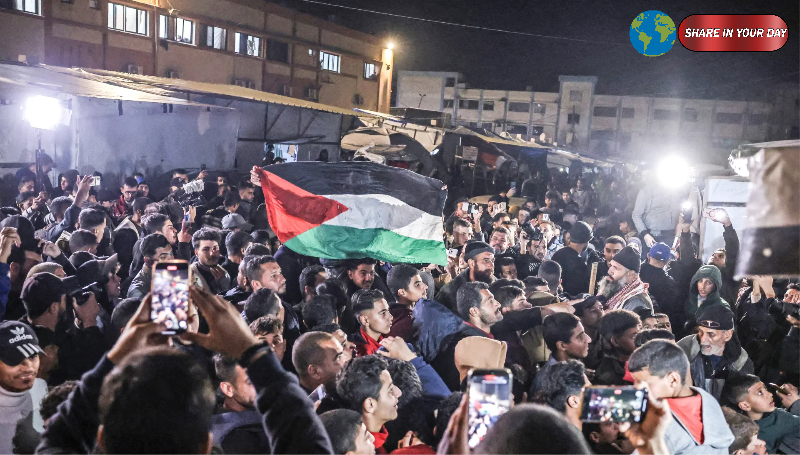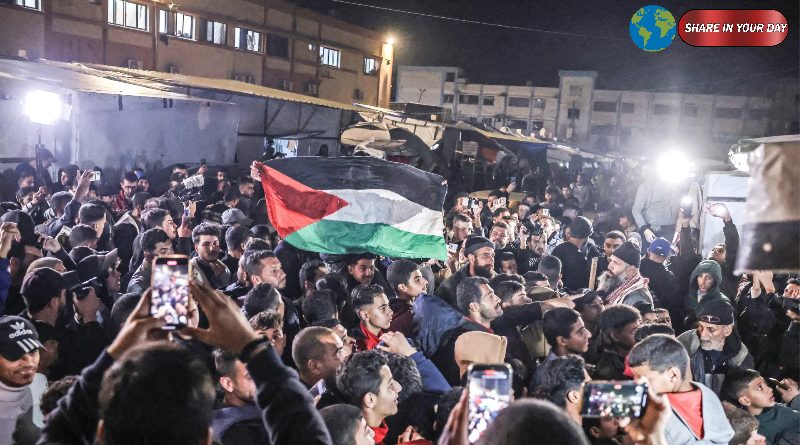Israel & Hamas Agree on Ceasefire: Live Updates and Implications
The long-awaited moment has arrived: Israel and Hamas have reached a ceasefire agreement, bringing a fragile pause to one of the region’s most intense conflicts in recent months. This live update unpacks the deal’s contours, the human cost, and what lies ahead.
Ceasefire Details & Terms
Under the agreement:
- Hostilities will halt at a time agreed by both parties, suspending rocket fire and air strikes.
- The deal includes provisions for humanitarian access to besieged areas in Gaza, including corridors for medical supplies, food, fuel, and aid.
- Prisoner exchanges are on the table: each side is to release detainees, though numbers and identities remain under negotiation.
- Israel may maintain the ability to respond to violations, retaining limited terms to counter renewed aggression.
The exact timeline and enforcement mechanisms will be closely scrutinized, as both sides attempt to preserve face and ward off spoilers.
Immediate Reactions
- Local response in Gaza: Civilians welcomed the news with relief, though the devastation and suffering remain deep and visible.
- Israel’s stance: Officials portray the ceasefire as a strategic pause, not a surrender. The government insists it retains security prerogatives.
- Regional actors: Neighboring states and international mediators (Egypt, Qatar, the UN) are applauding the deal while warning of fragile stability.
- Global diplomacy: Many governments and institutions have issued cautious statements hoping the ceasefire holds and the humanitarian crisis eases.
Humanitarian Crisis & Needs
Gaza’s civilian population has borne the brunt:
- Many areas suffered mass infrastructure damage—homes, hospitals, water and power systems.
- The need for urgent aid is immense: water, food, medicine, and shelter.
- Displacement: Tens of thousands remain internally displaced, unable to return to heavily damaged zones.
- Medical strain: Hospitals are overwhelmed, supply chains disrupted, and many health workers are exhausted.
Even with a truce, delivering aid safely and equitably will be a significant challenge.
Risks, Challenges & What Can Derail the Ceasefire
- Spoiler attacks: Hardline factions on both sides may refuse compliance, launching sporadic attacks.
- Ambiguity in terms: Disagreements over buffer zones, borders, and security arrangements can provoke clashes.
- Enforcement weakness: Without robust monitoring and accountability, violations may go unchecked.
- Political calculations: Leaders on both sides face pressure—domestic constituencies may demand renewed hostilities or push for more concessions.
- External interference: Foreign actors might attempt to influence or destabilize the peace effort.
What’s Next
- Monitoring & verification: Third-party observers or peacekeepers may be deployed to oversee compliance.
- Reconstruction & recovery: Gazan rebuilding will require massive resources, coordination, and donor pledges.
- Negotiations beyond war: Longer-term talks over boundaries, governance, security arrangements, and reparations must follow.
- Preventive diplomacy: Regional actors (Egypt, Jordan, the UN, Arab League) will push to prevent flare-ups and encourage normalization of peace.





